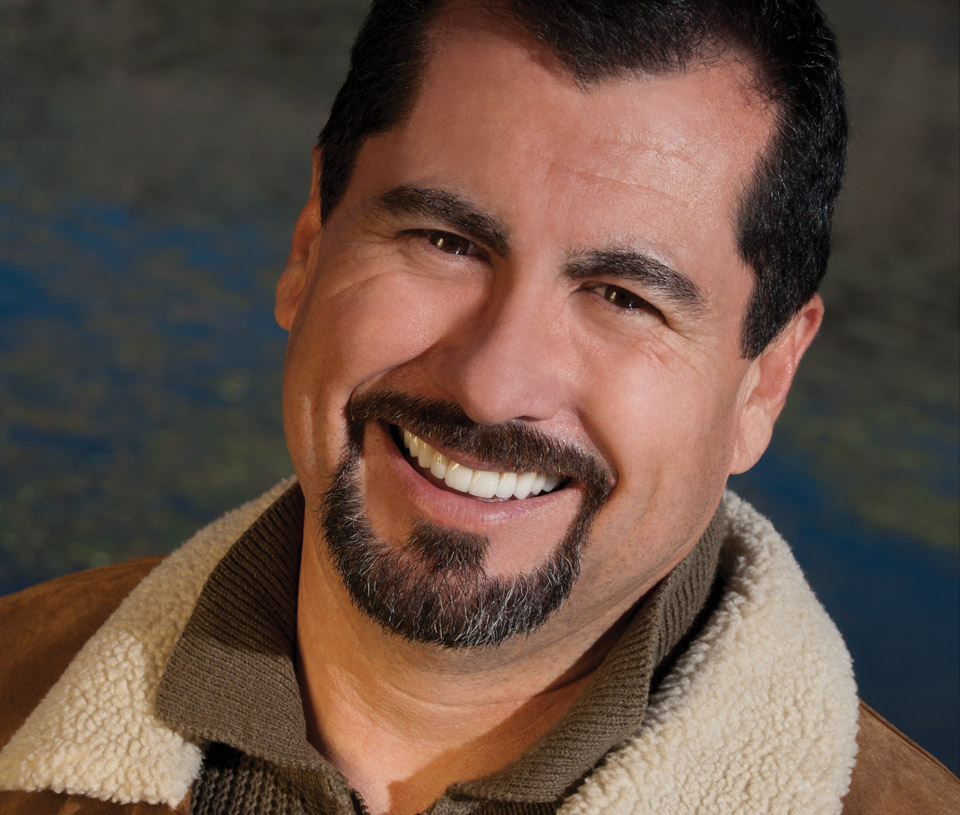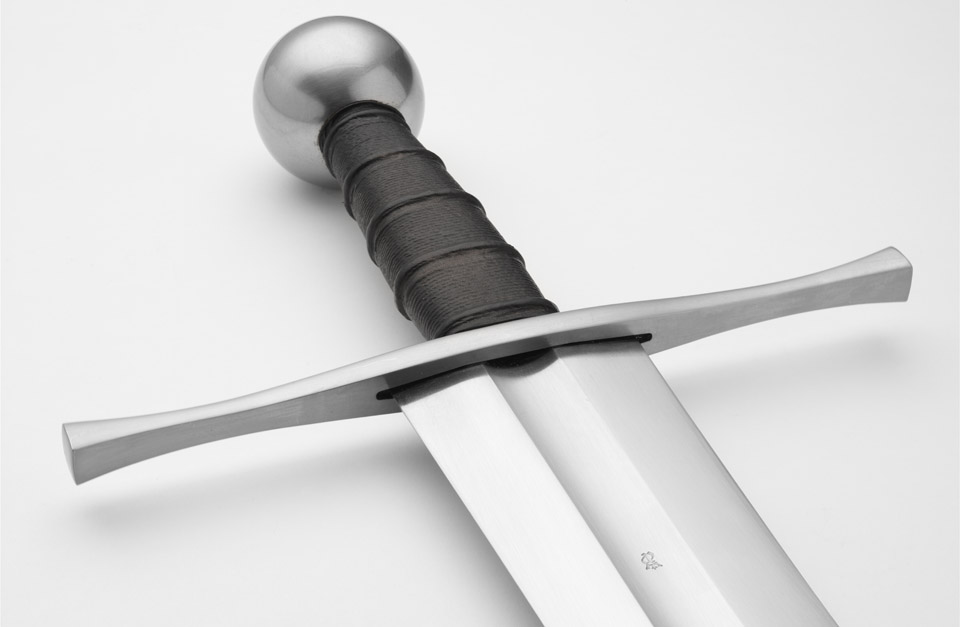
Our procedures go smoothly because of the education that Dr. Jeffrey Miller shares with me. Lack of communication has never been a problem. I love to learn and never hesitate to ask questions. I consider myself his apprentice. And as such, he includes me in most of his continuing education courses. This definitely helps us to turn what could be break-dancing during an appointment into a beautiful waltz.
As dentists and assistants our work is considered ‘practice’ and through practice our results see daily improvement. This includes: spending time together reviewing cases, especially before starting on a full arch procedure; always taking radiographs and intraoral pictures to be sure of the status of our work; and having wax-ups made from the lab. These are all key steps Dr. Miller and I have learned through intensive training with the Dick Barnes Group. All of this together will aide in allowing us to see the end result. It also will help to write the choreography of the procedure.
In the office, it needs to become a priority to learn your partner’s mannerisms on the dance floor in both basic and complex procedures. For example, if the doctor uses a slow-speed, I know this means we have deep decay. If he reaches for the laser, we are dealing with issues below the gingival margin. If he taps the cotton roll, it’s time to change it. While it is important to pay attention to the doctor’s immediate needs, you must be able foresee upcoming steps. This is the bulk of my job, to anticipate and react. It’s good to be thinking two or three of steps in advance, but if you’re acting out of sequence you will end up dancing with two left feet. This is where the practice and communication comes in. If we find that we are stumbling on the dance floor, the doctor and I discretely excuse ourselves from the operatory, away from the patient’s ears, and quickly find our rhythm. In this manner, the patient is unconcerned about any change in plans.
It’s always best to have everything prepared before the doctor steps onto the dance floor. Then I know I am ready for whatever the doctor may face once the procedure begins. But be flexible. Remember, the doctor leads, but not the set up of the instruments. For example, Dr. Miller doesn’t always use a laser for every procedure, but the laser is never more than an arm’s length away, should he choose to use it. The same could be said for our endodontic kit. Many of our instruments are always handy, but not immediately in the field of play, just sitting along the side the dance floor, waiting for an invitation.
Keep your channels for communication with your doctor open. If something works well for him, make sure you remember that for future reference. This way, when your doctor follows the same steps again you will be right there without any hassle or confusion. Dr. Miller is quick to compliment or endorse me, and I appreciate this very much. But, if he can tell that I am hesitating or not sure of what is coming next he may say, “My good assistant would do this”, in a sarcastic tone, as to show me what he wants. The patients always seem to find humor, no matter how many times I get sick of hearing it. After stumbling through a procedure, take time afterwards to discuss what you could have done differently to make things go smoother. It’s not always the easiest thing to hear, especially if you’ve just had tense chairside moments, but it’s ultimately the best way to learn from each other and better understand in the future. Do the same when the case goes well so that you can make sure to remember the steps for the next time you are faced with the same circumstances.
Communication in the room is vital to a smooth procedure. Half of our faces are covered by a mask so eye contact is important. Stop occasionally to look at each other. This is a good time to communicate potential problems without saying them out loud and alarming the patient. Check on your patient too, make eye contact with them. This puts them at ease and lets them know that we are all on the same team and that you care about how they are doing. I like to compliment my patients when they’ve done well. It really is a team effort to come out with a successful result.
Patients sometimes say to me, “You have pretty teeth.” My response to them is always, “Thank you, Dr. Miller is my dentist too!” It usually takes a second, but when they realize what I have said they smile back at me and laugh. What I am doing is telling them that I believe in their dentist, he is my dentist too.
Arrowhead teaches us to build relationships with our patients but you also have to build a relationship with each other.
Do’s and Dont’s for a Successful Practice
Do:
- Visualize the procedure. Have extra impression trays, mixing tips, burs and anesthetic readily available.
- If you are working on a full arch case the patient is likely to be with you for a few hours. Make sure they are comfortable through the entire procedure. You know, they are more than just a dance floor.
- Be aware of the patient’s expected outcomes. Many times it’s the assistant who fills out the lab slip. If you have questions there are many experts at Arrowhead to assist you and the Doctor.
- Help the doctor watch for clearance and reductions. Assistants sit opposite the dentist, things appear differently when viewed from different angles. If the lab has to alter the preparations this results in more chair time later for both of you.
- Compliment the doctor’s work. They are people too!
Don’t:
- Never question the doctor’s decisions in front of the patient. Remember, they are the leader and choreographer and can change lead as they see fit.
- Do not be too far ahead in the procedure.
- Do not be afraid to talk with your doctor outside of the operatory if you don’t know what step comes next in the dance.
- Do not ever say “Gosh, this is the first time I’ve seen you do that before?”
The patient is your audience, but also the star of your show.
Related Articles: The Art of the Dance









